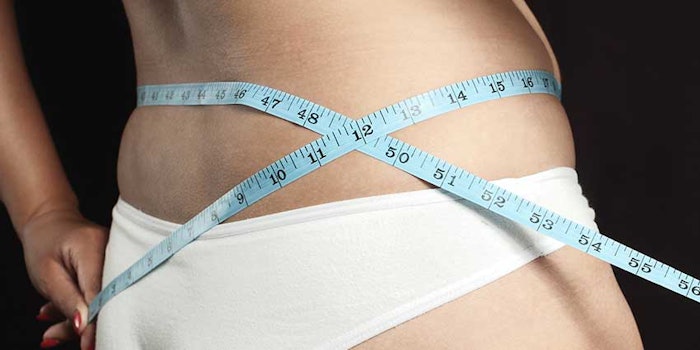
A new medicated skin patch has the potential to up metabolism while burning off pockets of unwanted fat. Researchers utilized microneedle technology to deliver agents directly to fat tissue, rather than expose the entire body to the drugs.
Developed by Columbia University Medical Center (CUMC) and the University of North Carolina, the patch seeks to convert white fat into brown fat—essentially, turning larger fat droplets into smaller, energy-burning droplets. Researchers hope to use the patch as a treatment for obesity and diabetes.
Esthetics to Health
As in skin care treatments, the microneedles in the patch pierce the skin to deliver the drug below the skin and into the underlying tissue. The drug is encased in nanoparticles, which gradually collapse to release the drug into the body.
“Many people will no doubt be excited to learn that we may be able to offer a noninvasive alternative to liposuction for reducing love handles. What’s much more important is that our patch may provide a safe and effective means of treating obesity and related metabolic disorders such as diabetes,” noted Li Qiang, Ph.D., study co-leader. However, the microneedle patch has not yet been tested on humans.
Put to the Test
Obese mice wore two patches—one including the nanoparticles and one without—on either side of the abdomen to test for effects. Patches were reapplied every three days for four weeks, with control mice wearing two empty patches.
Researchers found that treated mice displayed a 20% reduction in fat on the medicated side compared with the untreated side. They also presented lower fasting blood glucose levels than the control.
Brown fat increased in the treated mice, as indicated by a higher number of brown fat-associated genes on the mice’s medicated side.
For more on the patch, head to sciencedaily.com (source).










